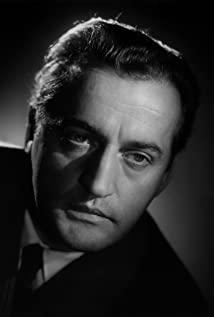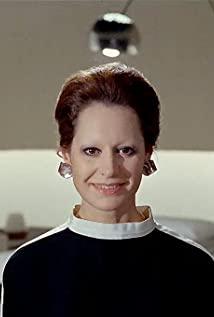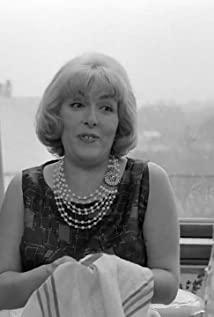The film opens with an inexplicably nervous elderly couple playing the role of the announcer of a traditional drama. The flow of people they see walking and interspersing with each other is heralding the beginning of the film's scattered focus. Mr. Hulot entered the city, and outsiders broke into this glass-screened metropolis. On the one hand, we followed his footsteps to watch and listen curiously: The receptionist operates an electronic system with many buttons, and the sound of the electronic buttons is like the prompt tone of the game. The operation is as fierce as a tiger just to call a number. The receptionist said that to understand the operation, he must understand the internal principle. This is obviously an irony. People don't know what's in it all, like every connection is to Kafka's castle, and it may be an accident; the waiter with a standard smile and a singing voice, sitting on the tiptoe of a swivel chair The conductor dancing like a ballet, the discipline of modernity has wonderfully created an artistic beauty here, which is also a wonderful irony. On the other hand we watch Hulot's own comical falls and dance moves. But Hulot is not a traditional protagonist, he is more like a spectator. Not only did he just walk in and out of the screen by accident, but even in a large number of medium and long-range shots, characters from different scenes are doing their own way. The director is inviting the audience. This is a movie that the audience needs to actively mobilize their eyes. We Our observations follow the lens tends to flow and wander, and the rich details are expected to be more actively searched for. In the second half of the film, which can be called a magnificent restaurant group scene, it is not only the ultimate display of the scene scheduling in a relatively fixed space, but also fits the meaning of the film's transition from indifference and bystander to integration and carnival, a flowing visual feast. . The sense of humor in it is not only derived from a dramatic structure, that is, the surface and the inner surface, the tension of crisis and crisis resolution is constantly emerging (the most typical appropriation and application of this dramatic structure in the future, as far as I have seen, it is the 17-year Japanese film "Don't Stop the Camera!"), but also from the dark humor presented by this tension - the more chaotic and dilapidated the environment, the more noisy and joyful the people on the dance floor. Humor also builds up in the chaos, like the waiter standing alone outside the restaurant, his clothes being replaced and tattered. How is a democratic image possible? If Rancière discovers the heterogeneity and impurity of images in the film, the images cannot be completely regulated into a clear and concise logic and a single chain of narrative meaning, thus leading to the possibility of redistribution of sensibility and equal politics. Then Jacques Tati really practiced a kind of image aesthetics that people and objects "resonate" equally. The whole film is mixed with a small amount of clear French and suggestive English, and more human voices are mixed in the noisy urban background sound, or simply absorbed by the building, completely lost their voices, and people become the mouth-shaped pantomime in the glass landscape. actor. This tells us that people themselves and their language do not occupy the absolute center, but the background music of the carnival and the sound of objects constantly rubbing and colliding are more important. Of course, the sound is also dialectical. The sofa with excellent resilience makes a popping sound, while the silent sound in the exhibition The door was in stark contrast to the angry voice. Jacques Tati's films are wonderful visualizations of musicals and pantomimes. People are constantly dazed, lost, and pushed around in the huge buildings and mirror reflections. The whole movie finally comes to an end, from the orderly cubicle, to the crowded tourist bus and restaurant lobby, to the traffic-filled roundabout. Chaos, but maintaining a strange order, this is Paris in the director's eyes. No one left the carnival. The roundabout corresponds to the turntable of the playground, and everyone can only keep spinning on their own.
View more about Playtime reviews











